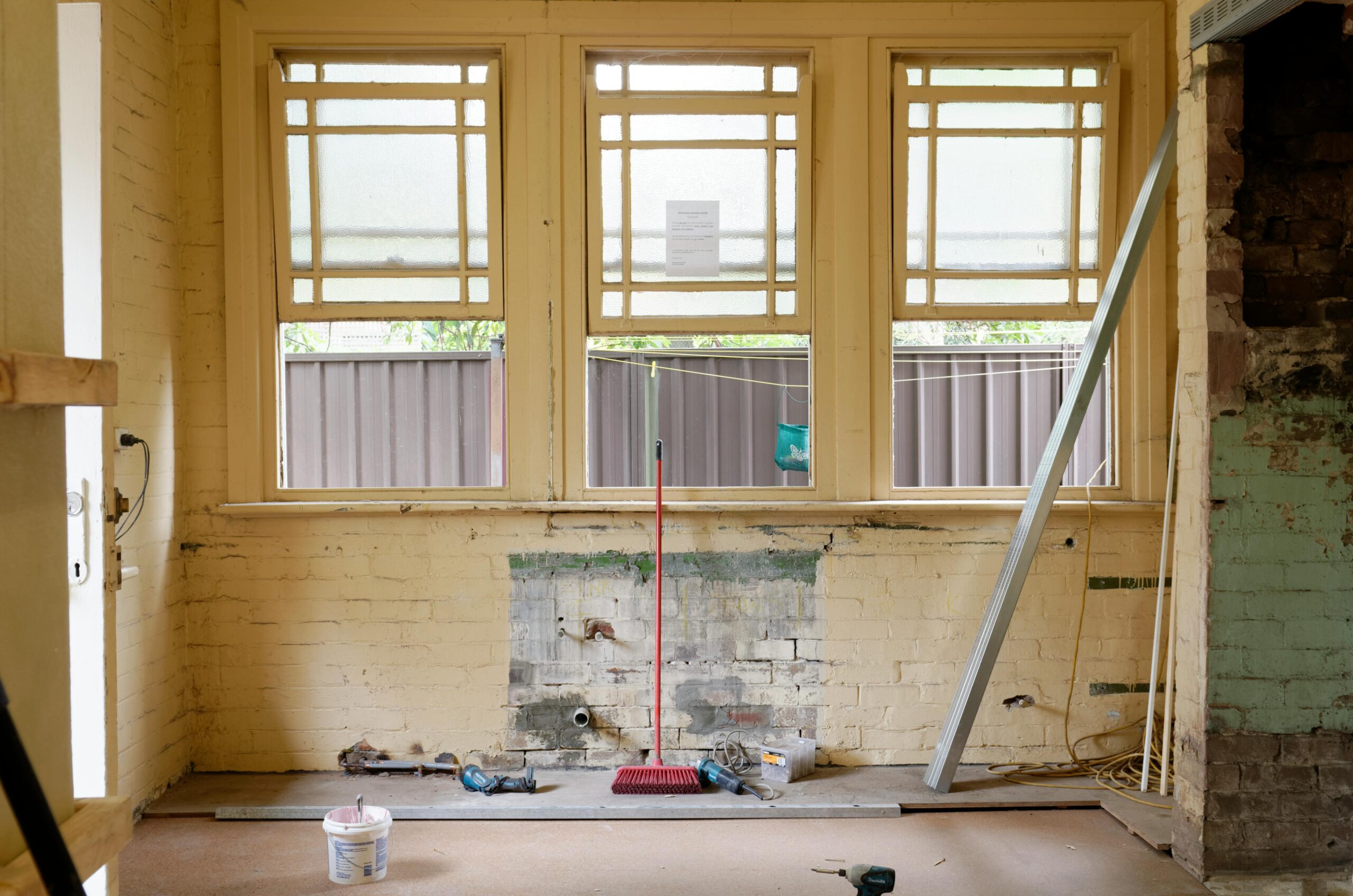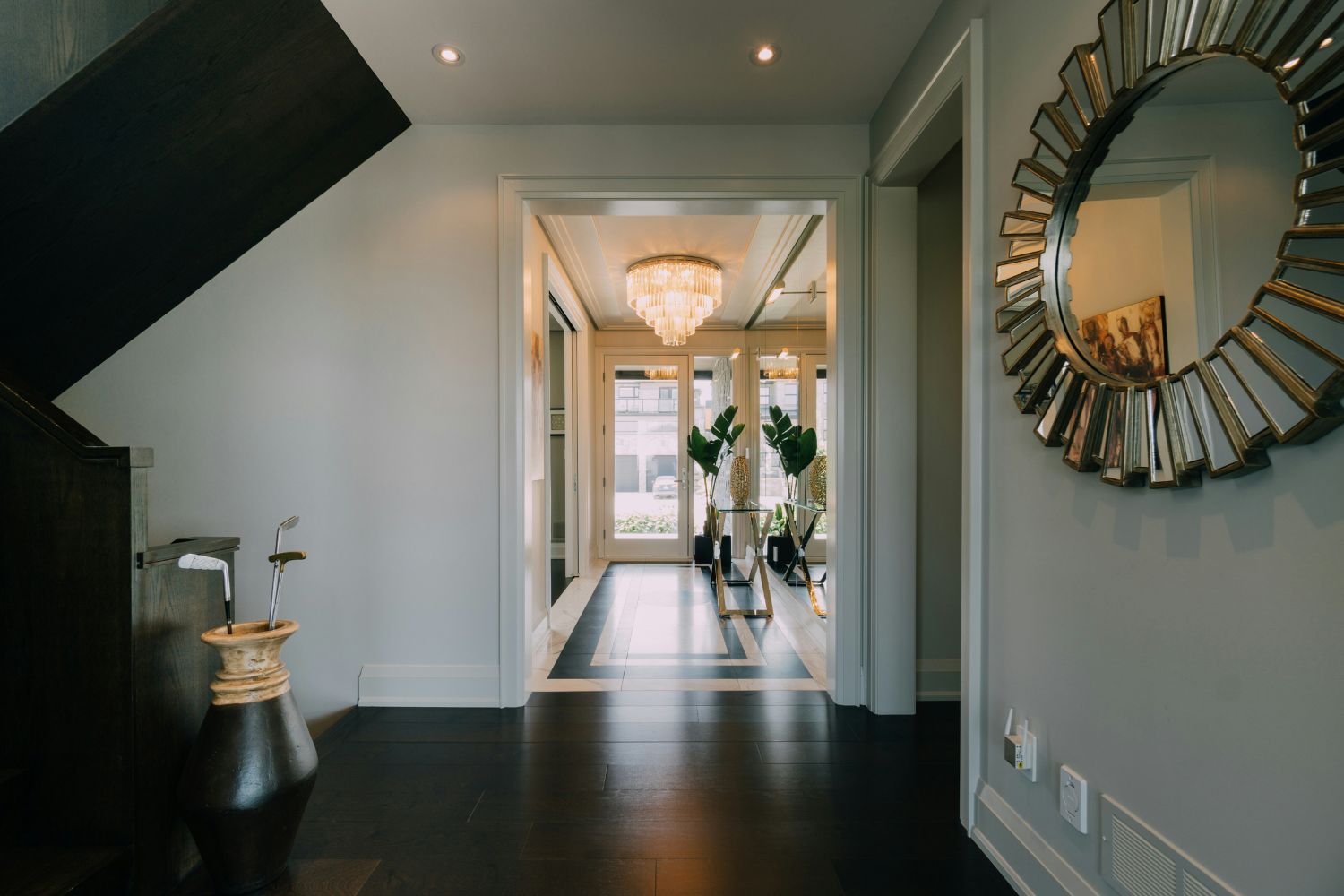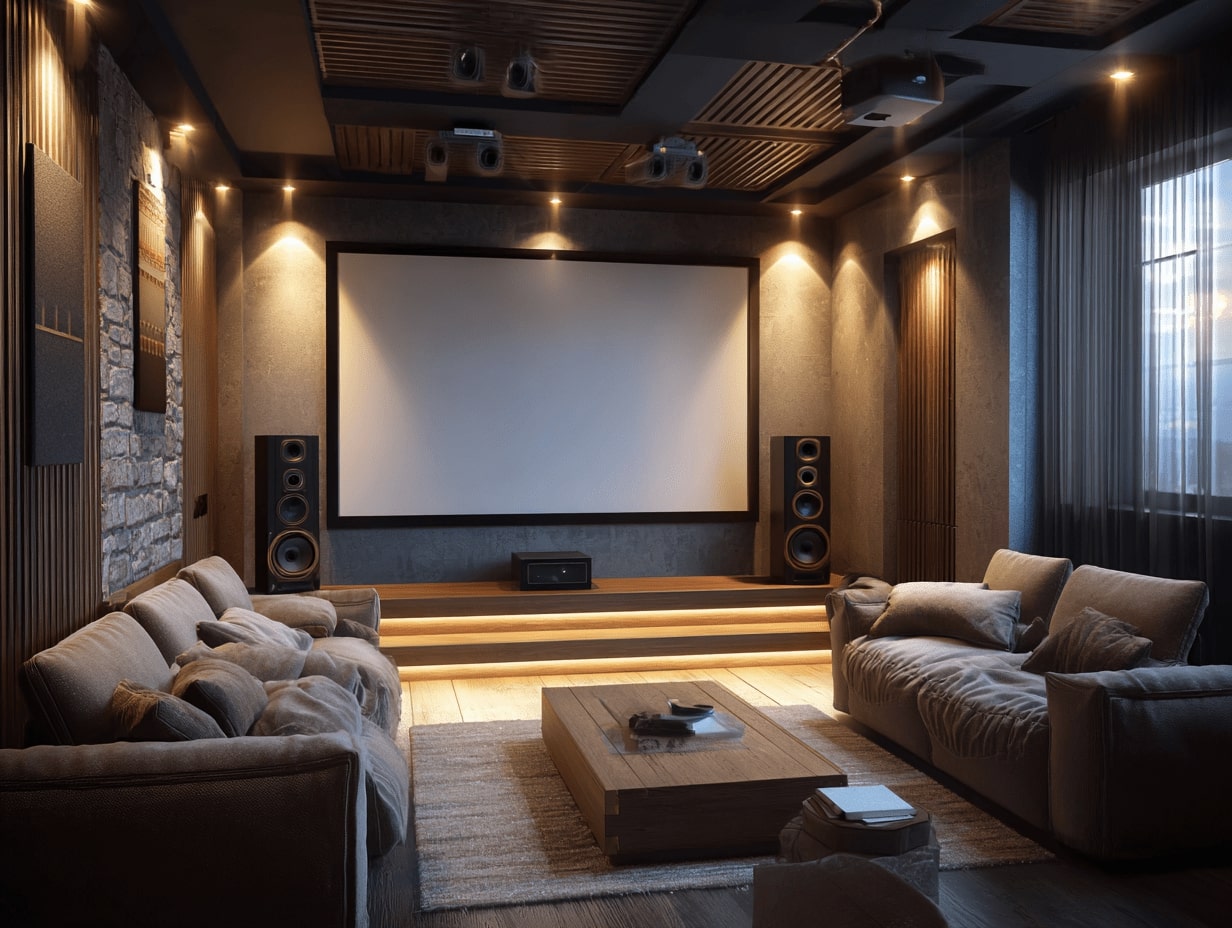- Home
- Articles
- Architectural Portfolio
- Architectral Presentation
- Inspirational Stories
- Architecture News
- Visualization
- BIM Industry
- Facade Design
- Parametric Design
- Career
- Landscape Architecture
- Construction
- Artificial Intelligence
- Sketching
- Design Softwares
- Diagrams
- Writing
- Architectural Tips
- Sustainability
- Courses
- Concept
- Technology
- History & Heritage
- Future of Architecture
- Guides & How-To
- Art & Culture
- Projects
- Interior Design
- Competitions
- Jobs
- Store
- Tools
- More
- Home
- Articles
- Architectural Portfolio
- Architectral Presentation
- Inspirational Stories
- Architecture News
- Visualization
- BIM Industry
- Facade Design
- Parametric Design
- Career
- Landscape Architecture
- Construction
- Artificial Intelligence
- Sketching
- Design Softwares
- Diagrams
- Writing
- Architectural Tips
- Sustainability
- Courses
- Concept
- Technology
- History & Heritage
- Future of Architecture
- Guides & How-To
- Art & Culture
- Projects
- Interior Design
- Competitions
- Jobs
- Store
- Tools
- More
Top Living Room Design Tips in Contemporary Architecture for a Modern and Inviting Space
Discover essential tips for contemporary living room design, blending modern aesthetics with functionality. Explore open layouts, natural light, minimalist decor, and the perfect mix of materials like concrete, wood, and metal. Learn to create stylish, inviting spaces with versatile furniture, textured accents, and bold yet balanced accessories for a timeless and innovative look.

When it comes to contemporary architecture, the living room often takes center stage. It’s where we gather, unwind, and showcase our personal style. Designing this space isn’t just about aesthetics—it’s about creating a seamless blend of comfort and functionality that reflects modern living.
We know that contemporary design thrives on clean lines, open layouts, and thoughtful use of materials. But how do we balance minimalism with warmth? How do we make a statement without overwhelming the space? With the right tips and ideas, we can transform our living rooms into stunning, inviting spaces that feel both current and timeless.
Table of Contents
ToggleUnderstanding Contemporary Architecture

Contemporary architecture represents the style and design trends of the present time, blending innovation with functionality. It embraces open spaces, sustainability, and minimalism. For example, large glass panels provide natural light, while flat roofs and clean geometries create sleek profiles. Materials like concrete, steel, and reclaimed wood highlight both a modern aesthetic and eco-conscious choices. Our focus lies on intertwining these elements into living room layouts through features such as open-plan designs or floor-to-ceiling windows that merge indoor and outdoor spaces seamlessly.
Key Principles Of Living Room Design In Contemporary Spaces
Contemporary living room designs prioritize a harmonious blend of form and function. Spaces focus on clean aesthetics, sustainable elements, and user-centric layouts that feel open and inviting.

Emphasis On Open Layouts
Open layouts define contemporary living rooms, creating seamless transitions between spaces. Removing unnecessary partitions enhances visual flow and increases functionality. For example, combining the living room and kitchen into an open-plan design fosters interaction while optimizing square footage. To maintain structure, we can incorporate area rugs or sectional furniture to delineate spaces without disrupting openness.
Incorporating Natural Light
Maximizing natural light is a core principle in contemporary design. Large windows, glass doors, or skylights allow sunlight to permeate interior spaces, enhancing warmth and ambiance. For instance, floor-to-ceiling windows facing outdoor greenery create a visual connection with nature. Using sheer curtains or reflective surfaces like mirrors helps extend light further across the living room.
Simplicity And Minimalism
Simplicity is integral to contemporary aesthetics, with an emphasis on uncluttered and functional interiors. Minimalist furniture, such as low-profile sofas or sleek shelving systems, reduces visual noise. Neutral color palettes like whites, grays, or muted tones keep the space cohesive. For example, pairing a concrete coffee table with a mid-century modern leather armchair embodies minimal yet stylish design principles.
Furniture Selection And Arrangement Tips
A thoughtfully curated furniture selection enhances the contemporary aesthetic of a living room. Balancing style and practicality ensures the space feels both inviting and functional.

Choosing Contemporary Furniture Styles
Contemporary furniture prioritizes clean lines, understated forms, and versatile designs. Sofas with low profiles and straight edges, like modular sectionals in neutral tones, complement open layouts. Sleek coffee tables with metal or glass finishes add a minimalist touch. Accent chairs in bold hues or natural textures, such as leather or rattan, create visual interest without overwhelming the space. We recommend multifunctional pieces like ottomans with hidden storage or wall-mounted shelving to maintain a clutter-free environment.
Maximizing Functionality And Comfort
Combining functionality with comfort aligns perfectly with contemporary architecture. Adjustable recliners, ergonomic chairs, and sectional sofas with built-in storage support practical use while maintaining modern aesthetics. Arranging furniture to create conversational areas, for example by grouping chairs and sofas around a central table, promotes interaction and openness. To enhance comfort, we can add textured throw blankets or cushions in subtle patterns, ensuring they align with the cohesive theme. Integrating furniture that supports both lounging and entertaining enhances the versatility of the living room.
Using Colors And Textures Effectively
Colors and textures play a critical role in defining a contemporary living room. They establish mood, add dimension, and emphasize the architectural features unique to contemporary designs.

Neutral Palettes With Bold Accents
Neutral color palettes act as a foundation for contemporary living rooms. Shades like beige, gray, and taupe create a calming backdrop, ensuring the space feels open and uncluttered. To add vibrancy, we recommend incorporating bold accents through throw pillows, artwork, or rugs in colors like mustard yellow, teal, or deep navy. For instance, a gray sectional paired with a bold abstract painting can maintain visual balance without overwhelming the space.
Mixing Materials For Visual Interest
Combining diverse materials enhances texture and depth in contemporary designs. Pairing concrete walls with soft textiles like wool or velvet introduces contrast, while materials like polished wood and brushed metal add a sleek, modern touch. For example, a leather sofa complemented by a glass coffee table with a steel base can exude elegance, while textured area rugs or woven baskets soften the overall aesthetic. By layering these elements, the space achieves both sophistication and warmth.
Accessorizing And Décor Ideas
In contemporary living room design, accessories and décor play a key role in tying together functionality and style. Thoughtfully chosen elements create depth and add personality to modern spaces.

Selecting Statement Pieces
We focus on selecting statement pieces that elevate the contemporary aesthetic and draw attention. A bold geometric rug in neutral tones adds texture while keeping a clean look. Oversized abstract artwork introduces visual interest without overpowering the space. Sculptural lighting fixtures, like spherical pendant lights or sleek floor lamps, act as both functional and artistic elements. Incorporating a reclaimed wood coffee table or a polished metal sculpture can also enhance the room’s contemporary vibe, balancing innovation and timeless design.
Balancing Aesthetic With Practicality
Accessories in a contemporary living room should blend style with usability. Modular shelving units provide storage while showcasing curated décor, such as monochrome vases or books with minimalist covers. We recommend using soft textiles, like luxurious throws or accent cushions, to create warmth without disrupting the sleek design. Functional décor, including large mirrors with thin frames, not only adds aesthetic value but also reflects light to brighten the space. By prioritizing items that serve a purpose while enhancing the overall design, the room remains cohesive and inviting.

Conclusion
Contemporary living room design combines innovation and timeless aesthetics to create spaces that balance functionality and style. For example, incorporating sleek, low-profile furniture like modular sofas emphasizes clean lines, while textured elements such as wool rugs or velvet cushions add depth. Contemporary layouts often feature open plans, blending the living room seamlessly with adjacent areas to maximize interaction and light. Additionally, using materials like polished concrete, glass, and metal alongside organic accents like reclaimed wood establishes a striking yet harmonious environment. By integrating these principles, we ensure living rooms remain both modern and inviting.
- architecture for modern homes
- chic living room concepts
- contemporary architecture tips
- contemporary interior design tips
- contemporary living room aesthetics
- creating an inviting living space
- current trends in home design
- design tips for inviting rooms
- elegant living room layouts
- how to design a modern living room
- inviting living room ideas
- living room decor modern
- living room ideas contemporary
- modern architecture living space
- modern decor ideas for living rooms
- modern home design tips
- modern interior design for living rooms
- modern living room design
- open concept living room design
- stylish living room tips
- trending living room designs
Submit your architectural projects
Follow these steps for submission your project. Submission FormLatest Posts
How to Create a Timeless Living Room: Principles, Ideas, and Inspiration
The living room stands as the heart of every home—a gathering place...
Unlocking Home Curb Appeal: Transform Your Entryway with Expert Solutions
Your home’s entryway is more than just a door—it’s the first impression...
How Home Theaters Influence Architectural Design
How home theaters influence architectural design: see how space planning, acoustics, structure,...
Bathroom Renovating with Low Budget: Affordable Ideas for a Stylish Transformation
Transform your bathroom on a budget with creative and strategic tips. Learn...












Leave a comment